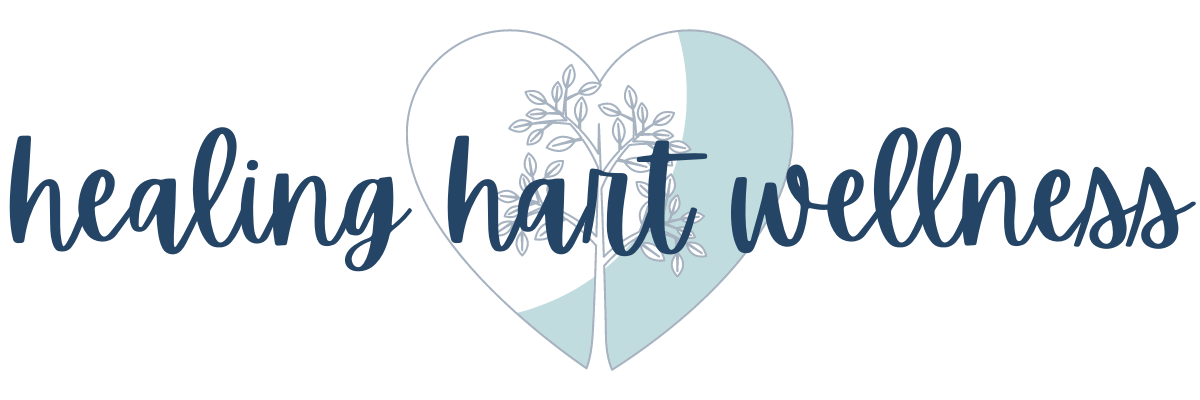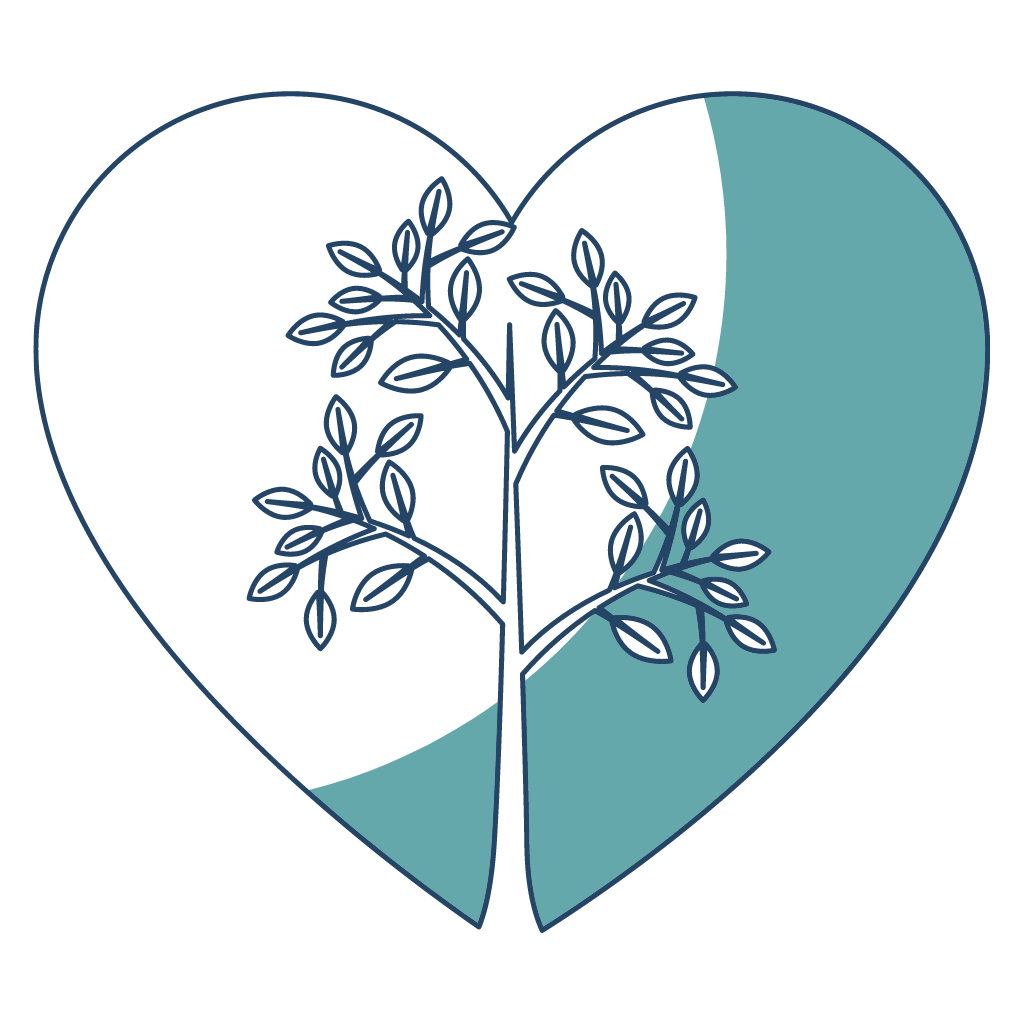COVID: Impacts on Young People & How to Support
As you begin reading this post I would like for you to
Pause. . .
Breathe. . .
How are you feeling? Right now, in this moment; how do you feel?
Now, stay engaged with your feelings as you think about the year that has passed. Consider any difficulties you may have gone through, or are going through as you navigate these new norms. What is it like to be away from so much of your family and friends for so long? What is it like to be with the same family or friends for so long? All day, everyday? Maybe this applies to you, maybe it doesn’t , but this last year has brought with it many drastic changes of some form or another for all of our lives. What are you feeling now? What is it that helps you through all these challenges moments?
Okay, put a pin in that. we are gonna come back.
Pause. . .
Breathe. . .
Now, think back to when your were the age of a child you know: a son, daughter, niece, nephew, neighbor, or student and reflect on what life was like for you at that age. What was important to you? What brought you joy? What brought you sadness? Who was there for you when you needed them? What value do those experience have on your life and who are today? What did you learn?
Yes, I know communication and the internet wasn’t what it is today, but let’s go ahead and pretend it was. If you were living through such an experience as we are now and you had to practice social distancing, how would things have been different? Would you have missed out on any of those experiences you remember so fondly? What would it feel like if you didn’t have the opportunity to see or meet new friends at school in a physical setting? If you couldn’t have sleepovers or sleepover somewhere else? Or if you just couldn’t see your friends at all? Considering the people who were there for you when you needed them, what would it feel like if they just couldn’t be there?
Children and adolescents are naturally social, and they thrive on playing with peers; imaging together, working out rules in a game, using teamwork at soccer, and laughing at recess with classmates. It is developmentally appropriate and desired that teens begin to rely less on their families and more on themselves and theirs peers for support and approval. Alas, it has been nearly a year since many of our children and teens have had the opportunity to have most of the ’typical’ social interactions that they would normally have. Sports and shows have been cancelled, school and scouts are virtual, and for most, play dates have ceased with the weather getting colder.
So what is the impact of the social isolation most kids and teens are facing these days? Finding answers to this question is more difficult than you might think. To start, there is very little in the way of research to be found on how a pandemic that requires social distancing may impact young people. Our textbooks and history books offer no guidance on the subject; this is, after all, an unprecedented event. If there are answers to be found, they are in the present. So pay attention to this moment. Pay attention to your child.
Children and teens are varied and diverse as any one of us and though we are all sharing in this experience, we are all experiencing it uniquely. Realizing and understanding this point, it is important that we take the time to step outside of our own experiential reality so that we can look and maybe see what and how our children are experiencing it.
In the beginning of the pandemic, some children and teens were doing okay or even great but are now struggling, while others may be just the opposite. Some have done well with maintaining relationships via Zoom and other social medial platforms, school, sports or outdoor play dates, while others have needed only to be with their family. In both scenarios, some are greatly impacted by being apart from their friends and others are coping surprisingly well.
Around the world, parents are noticing a wide variety of emotions and behaviors coming from their children: hyperactivity, sadness, impulsivity, worry, anger, frustration, irritability, withdrawal, clinginess, and many other signs that may be contrary to how that are actually feeling.
I cannot tell you exactly what your child is experiencing or is going to experience because of COVID, but I can tell you a few things to watch for:
Sudden isolation or withdrawal that last for more than a day or two
Frequent, intense bouts of sadness
Angry outburst that are difficult to manage in the household and are increasing in frequency and intensity over time
Verbalization of worry or observing physical signs of anxiety that the young person is unable to cope with
The effects of COVID and the social isolation that young people are experiencing will be as unique as the personality of each child. It is important we remember this, but also remember that children are resilient. Some children will struggling now, but when the time comes to return back to school and a somewhat ‘regular’ life, they will bounce back unscathed by the year they spent with only their family (kinda like the ‘blip’ in the Spiderman movies). Others, however, may continue to struggle for a long time following COVID. This depends on the individual and the many factors that make us unique.
I asked you earlier ‘what helps you through these challenging moments’, do you remember what came to mind?
Were these things (coping mechanisms) available to you or learned at the age you thought back to? I suspect that many of these coping mechanisms years to acquire. We shouldn’t expect our young people to know how to handle each new challenge as it arrives, even in the best of times. What we can do, and it sounds easy but sometimes it’s just not; is to look at our children, our young people and see them with patience, empathy, and love. In moments where emotions are high and chaotic, it can feel near impossible for us to temper ourselves. But if nothing else, we can try. Sometimes trying enough. Sometimes trying IS the answer.
We can lose sight of what is right in front of us and accidentally, if we aren’t paying attention, take our frustrations out on whoever is around us (like our children). Be vulnerable enough to show them you care enough by trying to be better for them. In doing so, you are modeling (teaching) one of the many coping skills that you have or are learning. don’t expect to see them immediately model the same behavior back. Seeds take time to grow.
With this idea in mind, think of some of the other coping skills you use. Are you able to model these behaviors in some way? Or maybe it’s more of an attitude or a new way of looking at things that would be better conveyed through story or explanation.
To sum this all up:
Take time to see your child outside the filter of your own reality; in other words, see the person, not ‘your baby’.
Talk to them, ask them about their life and how they feel, and their challenges
Offer guidance and wisdom when possible
Show empathy, patience, and love always
Define reasoned exceptions and fair consequences; and follow through on them
Make time to play together; encourage reaching out to friends and family via phone, games, or zoom; allow space to be on ones own
Reaffirm your love over and over and through the most trying moments.
Healing Hart Wellness provides wellness support to children, young adults, and their parents through individual and family therapy, parenting support, and yoga/meditation instruction. If you have a young person who is socially isolated or struggling due to the COVID-19 pandemic or needs support with other challenges, please feel free to reach out to us by emailing Courtney Hart, LCSW-C, at courtney@healinghartwellness.com.

